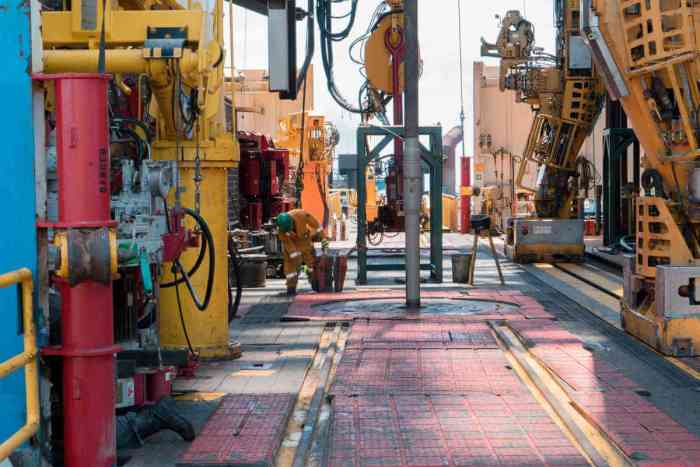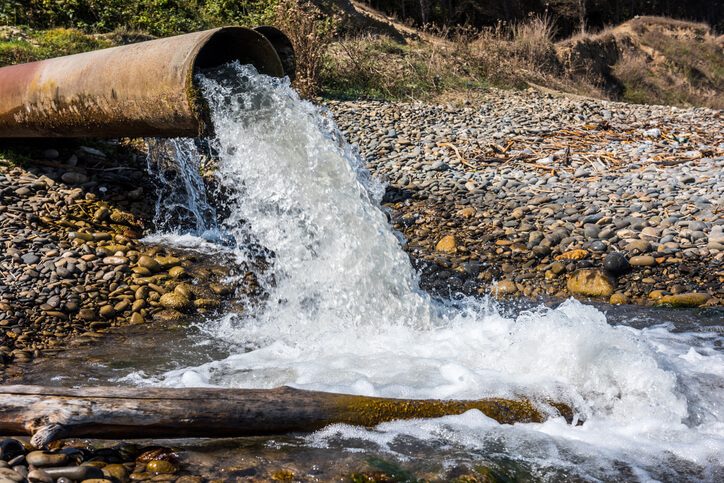For decades, Trinidad has been known as the Caribbean Community’s largest oil producer and at times, the leading supplier to its regional neighbors, but in just a few short months, its neighbor to the south is getting ready to not only become the bloc’s newest oil gusher but also one of the world’s hottest oil destinations.
Back in mid 2015, an international consortium led by United States oil major ExxonMobil said they had found “world class deposits” of oil and gas off Guyana’s coast, in a block of water half of the distance between Guyana and Trinidad.
Since then, the consortium has been racing full speed ahead, drilling 10 exploratory wells with only two coming up dry. In other areas of the world, oil experts say companies would be happy if they find one in every 10 drilled wells. In Guyana, it has been eight from 10 or 80 percent of those explored.
“In my 30 years it is pretty unprecedented,” Country Manager Rod Henson said this week, a few days after the company revised its astonishing Guyana find upwards from an estimated 3.2 billion barrels to more than four billion. In fact, Exxon said it is so confident about the billions of barrels of oil lying below the seabed just over 100 miles off the Guyana coast, that by 2025, Guyana would be producing more than 750,000 barrels of oil daily.
That figure would be nearly 10 times more than what Trinidad is struggling to produce at the moment and hundreds and thousands of times more than fellow Caricom neighbor Suriname and Barbados respectively.
Actual production is set to begin in the first quarter of 2020 — mere months before Guyanese vote in general elections. If in the coming months, authorities decide to frontload anticipated revenues from the company the country would earn after 2020, then the treasury would be awash with cash and life could be hard for opposition parties vying to unseat an administration with a war chest of cash to spend on development projects and hike salaries.
In its official announcement, Exxon said that it will continue to be bullish on its Guyana exploration and is fixing to not only bring in a third drilling rig but is giving active consideration to ordering a third Floating Production and Storage Offloading Vessel (FPSO) from which oil will be carted away to designated markets as there will be so much oil to deal with.
As well, Exxon has put out bids for the construction of a 250-person Guyana headquarter building, most likely on the lower eastern coast near the Ogle municipal airport from where marine helicopters make multiple trips to rig ships anchored offshore each day.
Preparing the country and its investors for the certainty of even more successful wells, the company said that continuing work to assess various wells and “additional prospects to be drilled in the Longtail and Turbot block could increase estimates.”
But even as authorities begin to boast and brag about Guyana becoming the economic power in the region, perhaps the hemisphere in a matter of years, the find has sent the country in a mad scramble to prepare for this new bounty.
Apart from gold, its main traditional exports of sugar, rice, bauxite, and timber are not doing that well so all are being urged to prepare for the switch to an oil and gas economy in a matter of months.’
The University of Guyana is setting up faculties to cater to the new needs of the republic, while the oil ministry and the geological and mines commission are racing to train professionals for the new sector.
And despite stinging criticism about its lack of readiness, oil minister Raphael Trotman prefers to see the positive side.
“Confidence and investor interest in Guyana will continue to grow as a result of this most recent and exciting announcement by ExxonMobil. The good news continues to flow for the people of Guyana and for future generations. Citizens can be assured that the management of the oil and gas industry is in prudent and capable hands, who will take the time and solicit the expertise needed in ensuring that all aspects of this industry is managed in the best interest of the people of Guyana,” he said.
Exxon has estimated start up costs at around $4B but once this is amortized, Guyana will be collecting millions per day from profit share once money is no longer going to pay off operating costs.




















